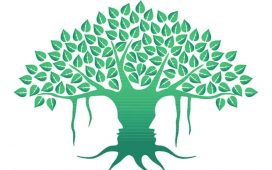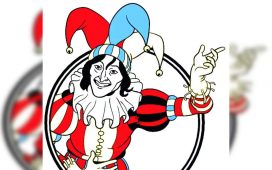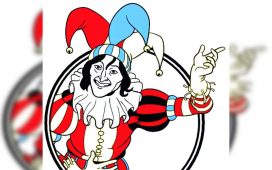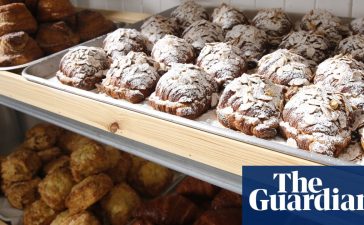Behind my parents’ house – actually, my grandparents’ – there was a large mud-covered buffalo shed (khataal). Our football or cricket ball would regularly land there and we had to take turns to retrieve it. In my ball rescue missions, I would end up patting a buffalo, marvelling at its royal blackness in very non-magisterial sloshy surroundings and took to them as older, bigger neighbours.
But earlier than that were my literal brushes with cows at my maternal grandparents’ house that I would visit almost every week. There, there was a more domestic set-up of a cowshed (gowaal), the sort ubiquitous in villages but not in the middle of 1970-80s Kolkata. Here, I met them on my terms and up close and personal, the cows lined up standing or sitting along a dark, perennially wet cobblestoned passageway, lit by a few bulbs at night. This cut-and-pasted village setting also served as a shortcut to the cinema that my grandfather owned.
To go to watch a movie meant passing through a moo-lit, strangely pleasant-smelling gauntlet – strangely pleasant because it smelled of straw, cattle feed, cow dung and urine. And when a cow raised her tail (most of them faced walls), one had to dodge the hot, steaming smattering plops or the parabolic jet stream with its considerable splashes. To scamper through completely ‘un-hit’ was like winning a round of Halo in those pre-Xbox times.
What draws me to cows is their aggressive gentleness, which can be confused for general langour. Patting a cow on its head or stroking its neck is a larger-than-life, kinder-than-life experience that rubs off on you, at eye-level – so lower than a horse or an elephant and higher than a dog whose eyes also have it. There was a time when I would regularly feed rotis to the strays in the neighbourhood. Watching them chew their cud was watching a calm and calming process. In close quarters, the circular chew and those Jamini Roy eyes together become a Zen pool.
The cow, for me, is not a ‘mother’. They are cows whom I love for their cowliness. Will I hug a cow this week or anytime soon? Very unlikely. I’m not a hugger and won’t hug even a head of state should the opportunity ever arise. But I did reread this week an old favourite short story of mine, given to me in a children’s book form with swirling illustrations long ago when cattle and I were on much more familiar terms by my father: Saratchandra Chattapodhyay‘s 1922 story ‘Mahesh‘.
It’s a moving story of Gafoor Mian, an impoverished farmer living with his young daughter and his bull, Mahesh, under the despotic village rule of a small, local Brahmin zamindar. I won’t tell you what happens in the end, except that the author of Devdas has produced one of the most heart-rending tragedies in any language in ‘Mahesh’. There is one particularly moving scene where the zamindar’s man Tarkaratna has just left after threatening Gafoor with dire consequences if he doesn’t repay his loan with interest. This, after the penniless farmer had gone to plead with the zamindar for some straw for his beloved bull. ‘Gafoor… looked at Mahesh’s face, his deep dark eyes filled with suffering and hunger. Gafoor said, ‘They didn’t even give you a handful? They have a lot, but they don’t give. Never mind.’ He started to choke. Then tears started falling from his eyes. He came nearer, and while quietly, slowly stroking his neck and shoulders, he whispered, ‘Mahesh, you are my boy. For eight years, you have grown old taking care of us. I can’t get you a square meal – but you do know how much I love you.’
No, I don’t hug cows, never mind humans. But I do love them still, cows.










